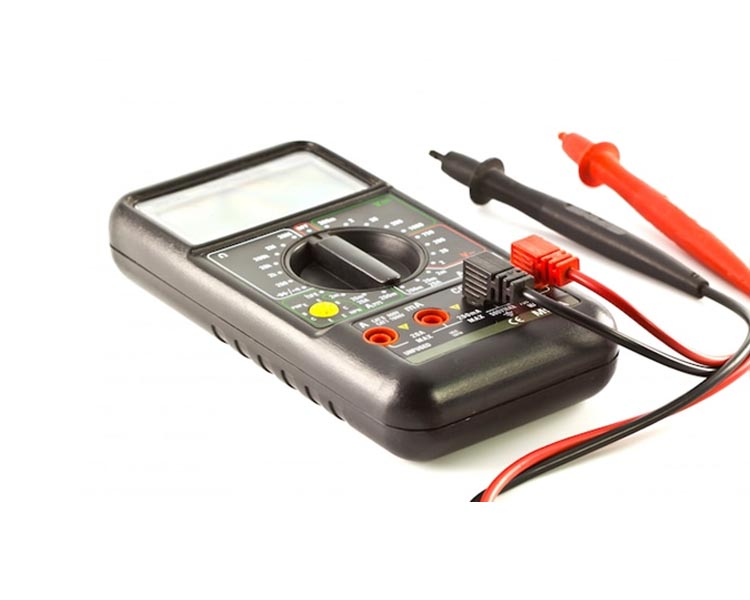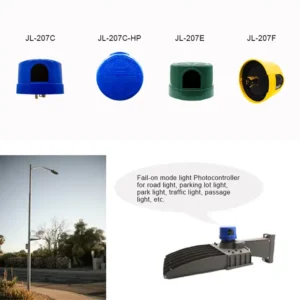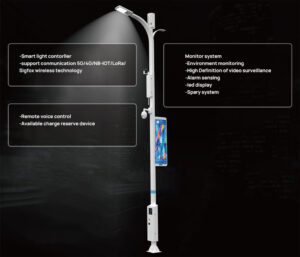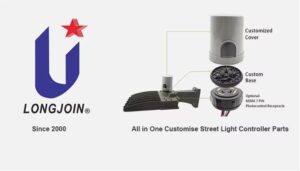How to Test Dusk-to-Dawn Light Sensor
Introduction
Outdoor photocells or dusk to dawn light sensors are undoubtedly a great means of ensuring that you are not using the power more than needed. Where they help save power as energy needs soar across the globe, they also rid you of the hassle to manually turn the lights on and off twice a day every day. Hence, these are undoubtedly a huge help.
However, where these photocell sensors have added to our convenience, if they aren’t installed well, it can instead become a headache for you. Make sure that not only you go for a quality sensor like the ones we offer at LONG-JOIN, but also check that it is working fine and is correctly installed to avoid frustration in the future.
There are two simple ways of checking if your dusk to dawn light sensor is working fine. One is a simple manual way and the other one is by using a multimeter. Let’s explore both of them in detail.
How to Test Dusk to Dawn Light Sensor?
1. Checking Manually
One way of checking if you dusk to dawn light sensor is working is by artificially simulating the dark and the light time. This does not require any sophisticated equipment or tools and can be done simply by using your hand or an opaque object. To do so, follow these simple steps:
- Make sure, the sensor is not receiving light from any artificial source or may get confused and assume it as sunlight. So, it should not be ‘looking’ towards a source of light.
- If you are troubleshooting an already installed unit, clean your sensor of any pollutants that might have accumulated as it is installed outdoors.
- Turn the light fixture on.
- Now cover the sensor either with your hand or with an object that completely obstructs the light incident on the sensor. E.g. you can use a cardboard or a dark colored cloth or any other opaque object.
- Once you are sure, light is completely obstructed, the sensor should turn the light fixture on automatically as it would do at the night time. If it does, then the sensor is working fine.
- Now remove the object that you used to cover the sensor and let enough light be received by the sensor. It should then automatically turn the lights off as it would do in day time.
1. Using Multi Meter
This is a more professional and accurate way of checking the working of an outdoor dusk to dawn light sensor. It not only helps you make sure if the sensor is working fine but also helps measure the exact resistance as the light intensity decreases and increases. So, if you have a multi meter available, using it can be a good idea.
- Set the multi meter in resistance measurement mode.
- Attach it to the tow leads of the photocell sensor.
- Now cover the sensor with a cardboard or dark cloth or by your hand to make sure light incident on the sensor is obstructed.
- See how the meter shows a change in resistance level. This helps measure accurately and precisely whether or not the photocell is changing resistance in accordance with the light.
- You can either use an automatic multi meter or you can manually change the range to make sure your photocell is working.
Why Checking a Photocell Sensor is Necessary
at the time of installing a photocell sensor for your outdoor lights, its imperative to ensure that you have done everything right and all the steps are performed correctly. If the installation process has loopholes, your lights may not work well and it can cause you a lot of nuisance afterwards. Hence, to ensure, the installation is done without any loopholes, you must check the sensors once installed to save yourself from inconvenience.
If you have already installed outdoor photocell sensors for your light fixture but it stops working or is becoming less responsive, here again, it needs to be ensured that the problem doesn’t lie with the sensor, or else you might need to replace it. Checking the sensor will help rule out the possibility of a faulty dusk to dawn sensor and if it’s working well, you would know that the problem lies with the light fixture or power supply.
Moreover, checking your dusk to dawn sensors after a while will give you an idea of their overall health and you can pin point any potential troubling factors to avoid inconvenience afterwards.
Conclusion
Where dusk to dawn photocell sensors are meant to provide you with ultimate convenience and free you from the hassle of manually turning the lights on and off, their wrong installation can rather lead to a lot of inconvenience. Hence you must test your sensor once installed to be sure that it is properly done and the sensor is working fine.
Moreover, if a light fixture stops working or is experiencing delays, it becomes necessary to test the sensors so that you may know whether the problem lies with your light or your sensors. Hence, with a few simple steps mentioned above, you can easily check your photocell sensors. You can either do it manually or, if you have a multi meter available, you can also check the exact changes in the resistance level, if there are any, with the change in intensity of light. This will give you an even more precise idea about the working of your outdoor sensor.
• References
1-https://www.sciencedirect.com/topics/engineering/global-energy-demand#:~:text=Global%20energy%20demand%20is%20increasing%20due%20to%20industrial%20activity%20and,for%20much%20of%20the%20world.







